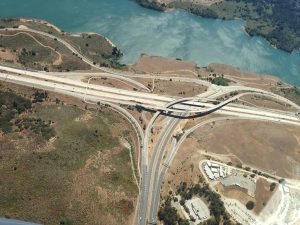Bicycle Technologies Transforming Urban Mobility
As cities continue to grow and populations rise, the need for sustainable modes of transportation has become increasingly important. In recent years, there has been a significant shift towards promoting urban mobility through the use of bicycles. With advancements in technology, bicycles are transforming the way people move around in urban areas. From traditional pedal-powered bikes to high-tech electric models, bicycle technologies are revolutionizing urban mobility and making it more accessible than ever before.
The Rise of Bicycle Technologies
The use of bicycles in urban areas is not a new concept. In fact, bicycles have been a popular mode of transportation for decades. However, with cities becoming more crowded and traffic congestion on the rise, the need for efficient and sustainable transportation has never been greater. This has led to a surge in bicycle infrastructure projects and the development of new and innovative technologies to enhance the cycling experience.
Electric Bikes
One of the most exciting advancements in bicycle technology is the development of electric bikes, also known as e-bikes. These bikes come with a small electric motor that provides extra power when pedaling, making it easier to navigate through busy urban streets. With e-bikes, riders can go longer distances and tackle steep hills without breaking a sweat.
Not only are e-bikes more convenient for commuters, but they also have the potential to significantly reduce carbon emissions. According to a study by the European Cyclists’ Federation, e-bikes have the potential to replace up to 36% of car trips in cities. This reduction in carbon emissions can play a crucial role in combating climate change and improving air quality in urban areas.
Bike Sharing Programs
In addition to e-bikes, bike sharing programs have also been gaining popularity in cities around the world. These programs provide a fleet of bicycles that can be rented and used for short-term trips. Users can simply unlock a bike from a designated station, use it to get to their destination, and then return it to another station at their convenience.
Bike sharing programs not only encourage people to use bicycles as a mode of transportation, but they also help reduce traffic congestion and improve overall air quality. Furthermore, the integration of technology in these systems allows for easy tracking and management of the bikes, making it a convenient and efficient option for city dwellers.
The Impact on Urban Mobility
The integration of bicycle technologies in urban mobility has had a significant impact on cities and its residents. By providing a sustainable and efficient mode of transportation, these technologies are helping to improve the overall livability of cities.
Reduced Traffic Congestion
With more people opting to use bicycles as a means of getting around, there has been a significant reduction in traffic congestion in urban areas. This not only helps reduce commute times for cyclists but also for cars and other modes of transportation, resulting in a smoother flow of traffic and less time spent on the road.
Improved Health and Well-Being
The use of bicycles has numerous health benefits, both for individuals and the community as a whole. Regular cycling can help improve cardiovascular health, reduce stress and anxiety, and increase overall fitness. Furthermore, the reduction in car traffic and resulting decrease in air pollution has a positive impact on public health, making cities a more livable and healthier place to be.
Conclusion
Bicycle technologies are revolutionizing urban mobility and transforming the way people move around in cities. With e-bikes and bike sharing programs on the rise, cycling has become a more feasible and attractive option for commuters. These advancements not only benefit individuals but also play a crucial role in creating more sustainable and livable cities. As we continue to witness the impact of these technologies, it is safe to say that bicycles are here to stay and will continue to shape the future of urban mobility.








